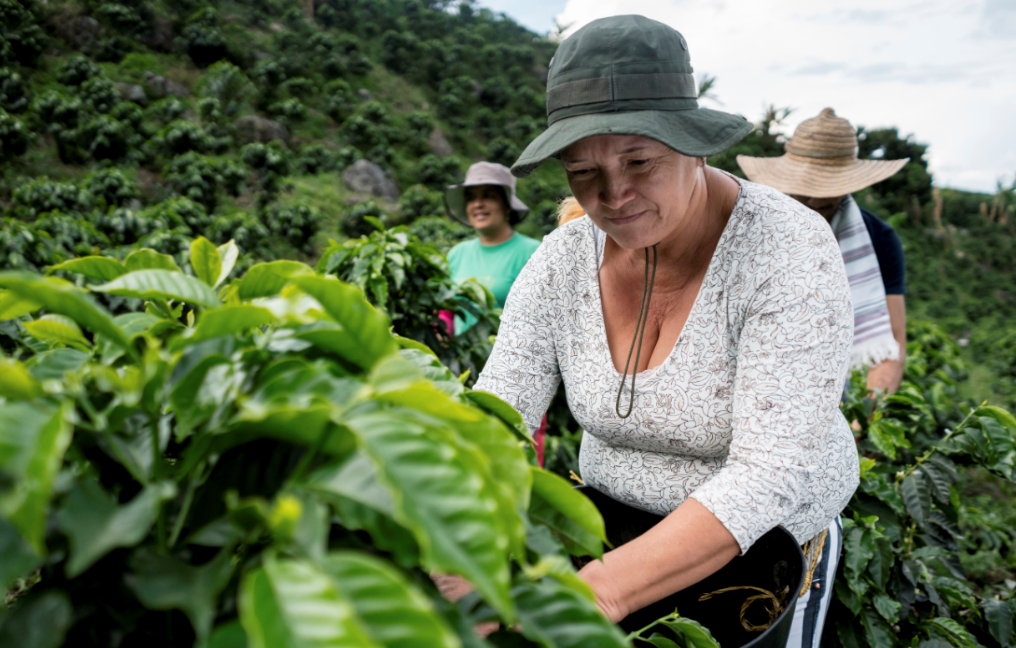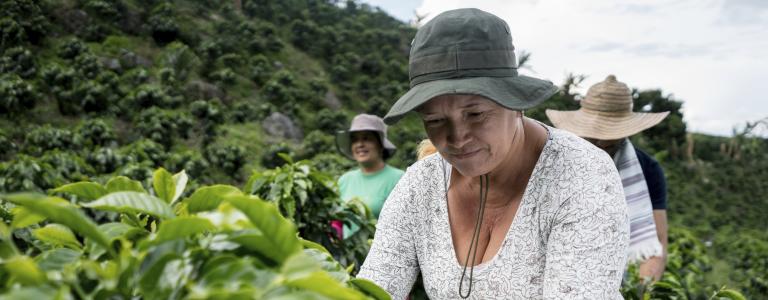Tracking Adaptation: Linking research, policy and action
Improving our ability to measure adaptation progress is not only a key component of transparency and accountability for new political commitments and emerging funding, but it is also necessary to foster effective adaptation through ongoing reflection and learning.
Following the adoption of the Paris Agreement and the discussions held at the COP 22 in Marrakech, the future of climate change adaptation research, policy and practice has reached a crucial stage.
Despite the increasing number of initiatives tackling vulnerability, adaptive capacity and resilience challenges, there is still limited knowledge on how to effectively assess, monitor and learn from adaptation interventions that are taking place at the sub-national, national and regional levels.
Innovative tools and approaches are needed for developing country adaptation planners to be able to assess, adjust, and learn from their initiatives on a continuous and cost-efficient basis, and ensure that the solutions implemented are having a positive impact on vulnerable populations. Within this context, adaptation tracking is gaining increasing momentum.
Adaptation tracking involves monitoring and quantifying complex processes of change that take place at the intersection of socio-economic, natural and political systems, and across multiple scales.
Improving our ability to measure adaptation progress is not only a key component of transparency and accountability for new political commitments and emerging funding, but it is also necessary to foster effective adaptation through ongoing reflection and learning.

Key Attributes of Adaptation Tracking
Among the main challenges—and opportunities—of the post-2015 climate change agreement, is the development of a global, national adaptation index that allows to characterize, monitor and compare adaptation progress (Ford and Ford, 2015). The 4Cs of Adaptation Tracking model (i.e. consistency, comparability, comprehensiveness and coherence) offers a useful approach to consider the need for a global tracking system to inform the policies, research and actions needed to adapt to the growing challenges posed by climate change.
There are four key attributes that could help developing country adaptation planners to operationalize adaptation tracking, by ensuring that their approaches are:
- Cross-cutting, by involving the core elements for monitoring, evaluating and learning in complex contexts: (a) temporal (e.g. short, medium and long-term climate change impacts), (b) sectoral (e.g. needs and priorities of multi-sector stakeholders), (c) geographic (e.g. rural, urban), and (d) scale-related aspects (e.g. interactions between the local, national, and international levels).
- Communicable, so they can deliver useful, actionable information to actors involved in research, policy and action. This attribute is linked to research, particularly from the health field, on the importance of knowledge translation (CIHR, 2005, Sudsawad, P., 2007), and on the role of knowledge brokering (Hammill et.al, 2013). It highlights the need to ensure actionable and relevant reporting (appropriate content and format) for diverse users.
- Catalytic of adaptation change, providing a repository of both successes and failures in adaptation practice, and fostering experimentation and learning. This requires coordination among multi-sectoral stakeholders and institutions seeking to identify and scale novel adaptive practices.
- Collaborative, drawing from a well-established body of research and practice on participatory approaches to development (e.g. McGee and Norton, 2000), tracking mechanisms should strive for more inclusive processes that engage and empower the myriad actors that play a role in adaptation processes, across sectors and scales.
These attributes are represented in the form of contributing arrows in the figure below.
![]()
Supportive Attributes of Adaptation Tracking. Adapted from Ford and Ford (2015)
Together, they can strengthen the consistency, coherence, comprehensiveness and comparability of adaptation tracking (AT), and contribute to the effectiveness of functional comparisons and longitudinal analysis about adaptation progress.
Adaptation tracking is represented at the core of research, policy and practice, highlighting the necessary convergence of these fields towards a global, more rigorous system for tracking progress and fostering learning about adaptation.
Adaptation is a deeply human, highly complex, and distinctly dynamic process of change. In order to address what Ford et.al. (2015) refer to as ´the messiness of adaptation´, we need to find a balance between fostering innovation and avoiding re-inventing the wheel. There are many lessons that can inform the development of metrics and benchmarking for adaptation tracking, most notably from experiences in the health care and the policy fields. Lessons could also be drawn from an emerging body of literature that is reviewing, synthesizing, and empirically evaluating experiences in a transdisciplinary context, proposing new criteria to ensure quality research (e.g. Wickson and Carew, 2014).
Adaptation tracking offers untapped learning possibilities in the adaptation field. It can play a key role in the transition from a ´patchwork´ approach to monitoring and evaluation (M&E), towards a ´mosaic´ of experiences and lessons linking adaptation research, policy and action. A ‘mosaic’ that could inform the current and future decision-making and strategizing of adaptation planners from a robust evidence base of adaptation progress at the sub-national, national and international levels. It is not a technical solution that can be implemented in isolation from broader climate change strategies and development goals.
Challenges ahead include re-thinking how to track progress so we can improve adaptation practice, transparency and accountability, while consciously engaging in adaptation programming from a more creative and holistic perspective.
You might also be interested in
IISD's Best of 2024: Articles
As 2024 draws to a close, we revisit our most read IISD articles of the year.
Sustainable Asset Valuation of the Nutrition Sensitive Agriculture Capacity Strengthening Project in Ethiopia
This report analyzes the social, economic, and environmental outcomes of implementing agroforestry and climate-smart agriculture in Ethiopia.
COP 29 Outcome Moves Needle on Finance
In the last hours of negotiations, concerted pressure from the most vulnerable developing countries resulted in an improved outcome on the finance target, with a decision to set a goal of at least USD 300 billion per year by 2035 for developing countries to advance their climate action.
What Is the NAP Assessment at COP 29, and Why Does It Matter?
At the 29th UN Climate Change Conference (COP 29) in Baku, countries will assess their progress in formulating and implementing their National Adaptation Plans. IISD’s adaptation experts Orville Grey and Jeffrey Qi explain what that means, and what’s at stake.
